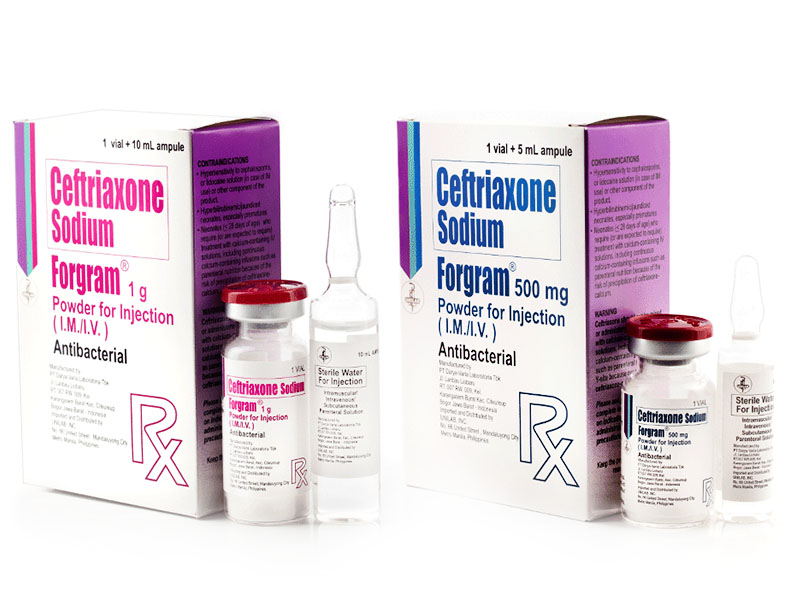Leukemia is a type of cancer of the blood and bone marrow. This type of cancer affects mostly adults aged 55 and above. Read on to learn more about this disease.
The National Cancer Institute (NCI) describes leukemia as a broad term for cancers related to blood cells. Leukemia triggers unusual activity in your blood cells, causing it to divide rapidly or slowly. Once symptoms worsen, these abnormal cells can hinder your normal blood cells from functioning well.
What is leukemia?
According to Mayo Clinic, “leukemia is a type of cancer that affects the body’s blood-forming tissues, including the bone marrow and the lymphatic system.” This kind of cancer causes your body to reproduce abnormal white blood cells, which attacks your immune system instead of protecting it. There are four major types, namely:
-
Acute lymphocytic leukemia (ALL) – most common type of leukemia in children
-
Acute myelogenous leukemia (AML) – most common type of acute leukemia in adults
-
Chronic lymphocytic leukemia (CLL) – most common chronic leukemia in adults
-
Chronic myelogenous leukemia (CML) – mainly affects adults
The exact cause of this disease is still unknown, but hereditary and environmental factors are linked to higher risk levels.
Symptoms
Symptoms may vary and are quite vague. Early signs are often mistaken for the flu and other common illnesses.
Visit your doctor if you have recurring symptoms like:
-
Fever
-
Persistent fatigue
-
Swollen lymph nodes
-
Unusual weight loss
-
Random red spots in your skin (petechiae)
-
Frequent infections
-
Frequent nosebleeds
Risk factors
You may have increased risk levels if you are exposed to the following:
-
Genetic disorders
-
Cigarette smoking
-
Family history of leukemia
Diagnosis and treatment
Your doctor may perform several tests. A simple physical exam can determine if you have unusual marks on your skin and swollen lymph nodes. Blood work and bone marrow testing may also be recommended for a more accurate diagnosis.
Treatment options may differ depending on your overall health and the type of leukemia that you have. Significant forms of treatment for this type of cancer include chemotherapy, biological therapy, radiation therapy, and targeted therapy.
General disclaimer
Always consult your doctor regarding any concern about your health. Your doctor will be in the best position to give the appropriate medical advice.



